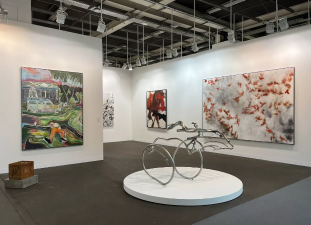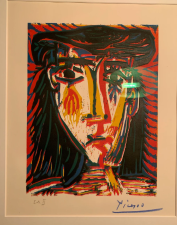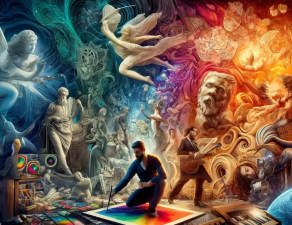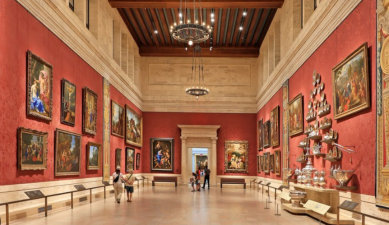Street Art Is Becoming the New Gallery Standard
Graffiti is a visual art form that originated in the slums of New York City in the 1960s. Initially created through spray paint, text and symbols were applied to public spaces. Gradually, it evolved from a rebellious act into a global phenomenon integrated into the mainstream art system.
Graffiti is a visual art form that originated in the slums of New York City in the 1960s. Initially created through spray paint, text and symbols were applied to public spaces. Gradually, it evolved from a rebellious act into a global phenomenon integrated into the mainstream art system.
Using vibrant images and text as a medium, this art form often combines social issues with personal expression, encompassing genres ranging from political manifestos to cartoon characters, embodying both a public and immediate nature. With the entry of the art market, its medium has expanded from street walls to gallery exhibitions, giving rise to a community of professional artists. Advances in spray paint technology have also promoted the diversification of artistic expression.
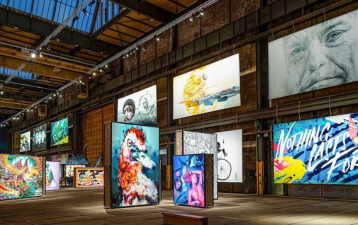
Graffiti Art Style Characteristics
◇ Rebellion and Catharsis
Graffiti, an art form that has evolved over half a century, is no longer simply a street art form. Graffiti art embodies rebellious and cathartic qualities, and one of its most distinctive characteristics is the expression of individuality and emotion it embodies. Tracing its roots, this is closely related to the fact that early graffiti artists were often marginalized individuals from the lower classes of society, often harboring a strong sense of rebellion due to lack of mainstream recognition. Through the creative process of graffiti, artists are free to express their innermost feelings and thereby emphasize their own significance.
The emergence of pop culture elements such as street graffiti, street dance, and hip-hop music marks the rise of trendy art.
◇ Folklore and Widespread Distribution
The second notable characteristic of graffiti is its folklore. The tools used for graffiti are inexpensive and often found everywhere in everyday life, such as spray paint. Furthermore, graffiti can be created on a wide range of surfaces, including buildings, walls, and vehicles. More importantly, graffiti itself requires no complex techniques, making it easy for anyone to experiment.
The Power of Graffiti Art
◇ Innovation and Trendsetting
Graffiti, a form of creative and free expression, is gradually becoming a shining star in the art world. As a trendsetter, graffiti art, with its unique creativity and free spirit, has revitalized traditional advertising, becoming an indispensable art form of the new era. Its unique expression and distinctive personality have not only injected new inspiration into traditional advertising but have also sparked a craze in the fashion world, becoming a trend that cannot be ignored. ◇ Contributions of Outstanding Artists
Artists such as Basquiat, Keith Haring, Jon Burgerman, and JohOne have contributed significantly to graffiti's influence within the art world through their unique styles and creative contributions. Basquiat, a remarkable artist, has left a profound mark on the field. His works are not only widely acclaimed on the streets but also treasured in museum collections.
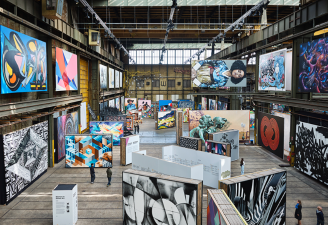
Summary
Over the past few decades, pop art has transitioned from underground culture to mainstream, becoming a highly regarded force in contemporary art. However, how to move from the streets to galleries and become a highly regarded sector in the market remains a significant challenge for pop art.
As time passes, these young people mature, and their creative work matures. They begin to employ a wider range of media and techniques, encompassing fashion, music, film, animation, and other fields, and the pop art market is beginning to gain recognition.
Before its market entry, pop art existed only in informal settings like street art and underground clubs. Pop art artists were often unrecognized, and their work was often viewed as criminal or vulgar. However, as the market accepted trendy art, this situation gradually changed. Some merchants and curators began to notice the potential market for trendy art and began to bring trendy art into galleries and the art market.


